Submitted:
11 August 2023
Posted:
14 August 2023
Read the latest preprint version here
Abstract
Keywords:
1. Introduction
2. Methodology
3. Extreme Events, Climate Stressors, and Nearshore Problems
4. Threat of Climate Change, SLR, and Threat to Sustainable Development
5. Ecosystem and Biodiversity Degradation
6. Coastal Process and Wave Impact
7. Coastal System Breaking Wave and Impact
8. Hard Coastal Structures vs. Nature-based Solutions
9. Result - Hydrodynamic Model Test of Storm Surge Mitigation using Seaweed
10. Discussion
11. Conclusion and Recommendation
Acknowledgments
References
- EASAC. Trends in extreme weather events in Europe: implications for national and European Union adaptation strategies. 2013. Policy report 22.
- UNISDR. Biennium Work Programme. Final Report; Annual Report; UNISDR: Geneva, Switzerland, 2017; Volume 2016. [Google Scholar]
- Devlin, A.T.; Jay, D.A.; Talke, S.A.; Zaron, E.D.; Pan, J.; Lin, H. Coupling of sea level and tidal range changes, with implications for future water levels. Sci. Rep. 2017, 7, 1–12. [Google Scholar] [CrossRef] [PubMed]
- Rebecca, A.R.; Aktas, C.B. Vulnerability of coastal Connecticut to sea level rise: land inundation and impacts to residential property. Civil Engineering and Environmental Systems 2017, 34, 89–103. [Google Scholar]
- Denny, M.; Gaylord, B. The mechanics of wave-swept algae. J. Exp. Biol. 2002, 205, 1355–1362. [Google Scholar] [CrossRef]
- Sondak, C.F.A.; Ang, P.O.; Beardall, J.; Bellgrove, A.; Boo, S.M.; Gerung, G.S.; Hepburn, C.D.; Hong, D.D.; Hu, Z.; Kawai, H.; et al. Carbon dioxide mitigation potential of seaweed aquaculture beds (SABs). J. Appl. Phycol. 2016, 29, 2363–2373. [Google Scholar] [CrossRef]
- Oladokun, S.O. Study of Macro Algae as Marine Biomass Energy Source. Journal of Aquaculture & Marine Biology 2015, 2. [Google Scholar]
- Mortensen, L.M. Remediation of nutrient-rich, brackish fjord water through the production of protein-rich kelp S. latissima and L. digitata. Journal of Applied Phycology 2017, 28, 3089–3096. [Google Scholar] [CrossRef]
- UNEP. Marine and coastal ecosystems and human well-being: A syn1269 thesis report based on the findings of the Millennium Ecosystem Assessment. UNEP. 2006. (p. 76). URL:. Available online: https://www.millenniumassessment.org/ 1271 documents/Document.799.aspx.pdf.
- UNISDR. Technical guidance for monitoring and reporting progress in achieving the global targets of the Sendai framework for disaster risk reduction (New ed.); UNISDR: Geneva, United Nations, 2017. [Google Scholar]
- UNISDR. Terminology. United Nations Office for Disaster Risk Reduction, 2017b Geneva. Available online: https://www.unisdr. org/we/inform/terminology.
- Klaus Reicherter and Gösta Hoffmann.Geohazards: Coastal Disasters, Springer reference. 2015.
- Slangen, A.B.A.; et al. A review of recent updates of sea levelprojections at global and regional scales. Surveys in Geophysics 2016. [Google Scholar]
- Holthuijsen, L. Linear wave theory (coastal waters). In Waves in Oceanic and Coastal Waters; Cambridge: Cambridge University Press: Cambridge, UK, 2007; pp. 197–243. [Google Scholar] [CrossRef]
- Church, J.A.; et al. Climate change: The Physical Science Basis. Contribution of Working Group I to the Fifth Assessment Report of the Intergovernmental Panel on Climate Change; Cambridge University Press, 2013. [Google Scholar]
- SOER. Knowledge for transition to a sustainable Europe. The European environment, state, and outlook 2020; SOER: Copenhagen, Denmark, 2020. [Google Scholar]
- IPBES. Global assessment report on biodiversity and ecosystem services of the Intergovernmental Science-Policy Platform on Biodiversity and Ecosystem Services. E. S. Brondizio, J. IPBES. Global assessment report on biodiversity and ecosystem services of the Intergovernmental Science-Policy Platform on Biodiversity and Ecosystem Services. E. S. Brondizio, J. Settele, S. Díaz, and H. T. Ngo (editors). IPBES secretariat, Bonn, Germany. 2019 1148 pages. [CrossRef]
- IPCC (Intergovernmental Panel on Climate Change). (2 The European environment, state, and outlook, IPCC, Fifth Assessment Report (AR4). 2020.
- et al. Global CO2 emissions from cement production (Version 220516) [Data set]. Zenodo. 2022. [CrossRef]
- Clark, R.J. Designing Information Strategies for Coastal Zone Management; CRC Press: USA, 1995. [Google Scholar]
- Alizadeh, M.J.; Kavianpour, M.R.; Danesh, M.; Adolf, J.; Shamshirband, S.; Chau, K.-W. Effect of river flow on the quality of estuarine and coastal waters using machine learning models. Eng. Appl. Comput. Fluid Mech. 2018, 12, 810–823. [Google Scholar] [CrossRef]
- Halpern, B.S.; Frazier, M.; Potapenko, J.; Casey, K.S.; Koenig, K.; Longo, C.; Lowndes, J.S.; Rockwood, R.C.; Selig, E.R.; Selkoe, K.A.; et al. Spatial and temporal changes in cumulative human impacts on the world’s ocean. Nat. Commun. 2015, 6, 7615. [Google Scholar] [CrossRef]
- Fredston-Hermann, A.; Brown, C.J.; Albert, S.; Klein, C.J.; Mangubhai, S.; Nelson, J.L.; Teneva, L.; Wenger, A.; Gaines, S.D.; Halpern, B.S. Where Does River Runoff Matter for Coastal Marine Conservation? Front. Mar. Sci. 2016, 3. [Google Scholar] [CrossRef]
- Rabalais, N.N.; Turner, R.E.; Díaz, R.J.; Justić, D. Global change and eutrophication of coastal waters. ICES J. Mar. Sci. 2009, 66, 1528–1537. [Google Scholar] [CrossRef]
- Fabricius, K.E. Effects of terrestrial runoff on the ecology of corals and coral reefs: review and synthesis. Mar. Pollut. Bull. 2005, 50, 125–146. [Google Scholar] [CrossRef]
- Espey, W.; Ward, G. Estuarine Water Quality Models. Water Res. 1972, 6, 1117–1131. [Google Scholar] [CrossRef]
- Madonna, A.; Balzano, A.; Rabbito, D.; Hasnaoui, M.; Moustafa, A.A.; Guezgouz, N.; Vittorioso, A.; Majdoubi, F.-Z.; Olanrewaju, O.S.; Guerriero, G. Biological Effects Assessment of Antibiofouling EDCs: Gaeta Harbor (South Italy) Benthic Communities' Analysis by Biodiversity Indices and Quantitative gpx4 Expression. Proc. Zoöl. Soc. 2021, 74, 591–604. [Google Scholar] [CrossRef]
- Edwards, C.A.; Arancon, N.Q.; Sherman, R. Vermiculture technology: earthworms, organic wastes, and environmental management. CRC Press, Taylor & Francis Group: Boca Raton, FL, USA, 2011. [Google Scholar]
- Macreadie, P.I.; Anton, A.; Raven, J.A.; Beaumont, N.; Connolly, R.M.; Friess, D.A.; Kelleway, J.J.; Kennedy, H.; Kuwae, T.; Lavery, P.S.; et al. The future of Blue Carbon science. Nat. Commun. 2019, 10, 1–13. [Google Scholar] [CrossRef] [PubMed]
- IPCC (Intergovernmental Panel on Climate Change. IPCC, 2017 Fourth Assessment Report (AR4).
- Bender, M.A.; Knutson, T.R.; Tuleya, R.E.; Sirutis, J.J.; Vecchi, G.A.; Garner, S.T.; Held, I.M. Modeled Impact of Anthropogenic Warming on the Frequency of Intense Atlantic Hurricanes. Science 2010, 327, 454–458. [Google Scholar] [CrossRef] [PubMed]
- Piñeiro-Corbeira, C.; Barreiro, R.; Cremades, J.; Arenas, F. Seaweed assemblages under a climate change scenario: Functional responses to temperature of eight intertidal seaweeds match recent abundance shifts. Sci. Rep. 2018, 8, 12978. [Google Scholar] [CrossRef]
- Porter-Smith, R.; McKinlay, J.; Fraser, A.D.; Massom, R.A. Coastal complexity of the Antarctic continent. Earth Syst. Sci. Data 2021, 13, 3103–3114. [Google Scholar] [CrossRef]
- Grebe, G.; Gelais, A.S.; Byron, C.J. An Ecosystem Approach to the Culture of Seaweed; Northeast Fisheries Science Center: 2019.
- Haines-Young, R.; Potschin, M. The links between biodiversity, ecosystem services, and human well-being. Ecosystem Ecology. 2010.
- Michael, Y.R.; Catriona, L.H. Seaweed nutrient physiology: application of concepts to aquaculture and bioremediation. 2019. [Google Scholar]
- Campbell, I.; Macleod, A.; Sahlmann, C.; Neves, L.; Funderud, J.; Øverland, M.; Hughes, A.D.; Stanley, M. The Environmental Risks Associated with the Development of Seaweed Farming in Europe - Prioritizing Key Knowledge Gaps, Blue Economy; The Scottish Association for Marine Science: Oban, United Kingdom, 2019. [Google Scholar] [CrossRef]
- Duarte, C.M.; Wu, J.; Xiao, X.; Bruhn, A.; Krause-Jensen, D. Can Seaweed Farming Play a Role in Climate Change Mitigation and Adaptation? Frontier Development. 2017. [Google Scholar] [CrossRef]
- Chung, I.K.; Oak, J.H.; Lee, J.A.; Shin, J.A.; Kim, J.G.; Park, K.-S. Installing kelp forests/seaweed beds for mitigation and adaptation against global warming: Korean Project Overview. ICES J. Mar. Sci. 2013, 70, 1038–1044. [Google Scholar] [CrossRef]
- Stocker, T.F.; Qin, D.; Plattner, G.K.; Tignor, M.; Allen, S.K.; Boschung, J.; Nauels, A.; Xia, Y.; Bex, V.; Midgley, P.M.; Wuebbles, D. IPCC (Intergovernmental Panel on Climate Change). In The Physical Science Basis. Working Group, I Contribution to the Fifth Assessment Report of the Intergovernmental Panel on Climate Change-Abstract for decision-makers; 2013. [Google Scholar]
- MunichRE NatCatService. NatCatSERVICE-Tool – Service – Methodology. 2019. Available online: http://natcatservice.munichre.com.
- Gornitz, V. Global coastal hazards from future sea level rise. Glob. Planet. Chang. 1991, 3, 379–398. [Google Scholar] [CrossRef]
- Talbot, C.J.; Bennett, E.M.; Cassell, K.; Hanes, D.M.; Minor, E.C.; Paerl, H.; Raymond, P.A.; Vargas, R.; Vidon, P.G.; Wollheim, W.; et al. The impact of flooding on aquatic ecosystem services. Biogeochemistry 2018, 141, 439–461. [Google Scholar] [CrossRef]
- Moreno-Mateos, D.; Power, M.E.; Comín, F.A.; Yockteng, R. Structural and Functional Loss in Restored Wetland Ecosystems. PLOS Biol. 2012, 10, e1001247. [Google Scholar] [CrossRef] [PubMed]
- 45. IUCN Global Standard for Nature-based Solutions: a user-friendly framework for the verification, design and scaling up of NbS: first edition, G: Union for Conservation of Nature (IUCN), 2020. [CrossRef]
- EurOtop. Manual on wave overtopping of sea defenses and related structures. An overtopping manual largely based on European research but for worldwide application. van der Meer, J.W.; Allsop, N. EurOtop. Manual on wave overtopping of sea defenses and related structures. An overtopping manual largely based on European research but for worldwide application. van der Meer, J.W.; Allsop, N. 2018.
- Global Footprint Network, Global Footprint Network. The business case for one-planet prosperity, Oklahoma. 2019.
- et al. , (1986), Cambridge ML, Chiffings AW, Brittan C, Moore L, McComb AJ, (1986) The loss of seagrass in Cockburn Sound, Western Australia. II. Possible causes of seagrass decline. Aquat Bot. 1986. 24:269–285.
- Sheppard, C. (Ed.) . Short and Wyllie-Echeverria, Global seagrass declines and effects of climate change. Seas at the Millennium: An Environmental Evaluation, vol. 3; Elsevier Science: Amsterdam, 2000. [Google Scholar]
- Paling, E.I.; Van Keulen, M.; Wheeler, K.; Walker, C. Effects of depth on manual transplantation of the seagrass Amphibolis griffithii (J. M. Black) den Hartog on Success Bank, Western Australia. Pac. Conserv. Biol. 1999, 5, 314–320. [Google Scholar] [CrossRef]
- Hobbs, R.J.; Norton, D.A. Towards a Conceptual Framework for Restoration Ecology. Restor. Ecol. 1996, 4, 93–110. [Google Scholar] [CrossRef]
- Eijgenraam, C.; Kind, J.; Bak, C.; Brekelmans, R.; Hertog, D.D.; Duits, M.; Roos, K.; Vermeer, P.; Kuijken, W. Economically Efficient Standards to Protect the Netherlands Against Flooding. INFORMS J. Appl. Anal. 2014, 44, 7–21. [Google Scholar] [CrossRef]
- Bouma, T.J.; De Vries, M.B.; Herman, P.M.J. Comparing ecosystem engineering efficiency of two plant species with contrasting growth strategies. Ecology 2010, 91, 2696–2704. [Google Scholar] [CrossRef]
- Bos, I.J. Architecture and Facies Distribution of Organic-Clastic Lake Fills in the Fluvio-Deltaic Rhine-Meuse System, The Netherlands. J. Sediment. Res. 2010, 80, 339–356. [Google Scholar] [CrossRef]
- Van der Heide, T.; van Nes, E.H.; Geerling, G.W.; A. J.P.Smolders; Bouma, T.J.; van Katwijk, M.M. Positive feedback in seagrass ecosystems: implications for success in conservation and restoration. Ecosystems 2010, 10, 1311–1322. [Google Scholar] [CrossRef]
- Byers, J.E.; Cuddington, K.; Jones, C.G.; Talley, T.S.; Hastings, A.; Lambrinos, J.G.; Crooks, J.A.; Wilson, W.G. Using ecosystem engineers to restore ecological systems. Trends Ecol. Evol. 2006, 21, 493–500. [Google Scholar] [CrossRef] [PubMed]
- Shanley, P.; López, C. Out of the loop: Why research rarely reaches policymakers and the public and what can be done. Biotropica 2009, 41, 535–544. [Google Scholar] [CrossRef]
- King, P.G.; McGregor, A.R.; Whittet, J.D. Can California coastal managers plan for sea levelrise in a cost-effective way? J. Environ. Plan. Manag. 2016, 59, 98–119. [Google Scholar] [CrossRef]
- Díaz, S. ; et. al. In Summary for Policymakers of the Global Assessment Report on Biodiversity and Ecosystem Services of the Intergovernmental Science-policy Platform on Biodiversity and Ecosystem Services; Secretariat of the Intergovernmental Science-Policy Platform on Biodiversity and Ecosystem Services: Bonn, Germany, 2019. [Google Scholar]
- Cumming, G.S.; Cumming, D.H.M.; Redman, C.L. Scale Mismatches in Social-Ecological Systems: Causes, Consequences, and Solutions. Ecol. Soc. 2006, 11. [Google Scholar] [CrossRef]
- Rees, W.E. Ecological economics for humanity’s plague phase; University of British Columbia, School of Community and Regional Planning: Vancouver, BC, Canada, 2020. [Google Scholar]
- Levin, S. (1999) Fragile Dominion: Complexity and the Commons. S. Levin (1999). Journal of Ecology. 2019, 88, 181–181. [Google Scholar]
- Selby, K.A.; Smith, D.E. Late Devensian and Holocene relative sea levelchanges on the Isle of Skye, Scotland, UK. J. Quaternary Sci., 2006, 22, 119–139. [Google Scholar] [CrossRef]
- Brand, R.; Karvonen, A. The ecosystem of expertise: complementary knowledges for sustainable development. Sustain. Sci. Pr. Policy 2007, 3, 21–31. [Google Scholar] [CrossRef]
- van Bavel, B.; Ford, L.B.; Harper, S.L.; Ford, J.; Elsey, H.; Lwasa, S.; King, R. Contributions of scale: what we stand to gain from Indigenous and local inclusion in climate and health monitoring and surveillance systems. Environ. Res. Lett. 2020, 15, 083008. [Google Scholar] [CrossRef]
- Kushans, K.A.; Okamoto, D.K.; Rassweiler, A.; Novak, M.; Bolton, J.J.; Cavanaugh, K.C. ;... Byrnes, J.E.K. In Global patterns of kelp forest change over the past half-century; Proceedings of the National Academy of Sciences of the United States of America: of the National Academy of Sciences of the United States of America, 2016; Volume 113, pp. 13785–13790. [Google Scholar]
- Waycott, M.; Duarte, C.M.; Carruthers, T.J.B.; Orth, R.J.; Dennison, W.C.; Olyarnik, S.; Calladine, A.; Fourqurean, J.W.; Heck, K.L., Jr.; Hughes, A.R.; et al. Accelerating loss of seagrasses across the globe threatens coastal ecosystems. Proc. Natl. Acad. Sci. USA 2009, 106, 12377–12381. [Google Scholar] [CrossRef]
- Christensen, V.; Walters, C.J. Ecopath with Ecosim: methods, capabilities and limitations. Ecol. Model. 2004, 172, 109–139. [Google Scholar] [CrossRef]
- Frieler, K.; Meinshausen, M.; Golly, A.; Mengel, M.; Lebek, K.; Donner, S.D.; Hoegh-Guldberg, O. Limiting global warming to 2 °C is unlikely to save most coral reefs. Nat. Clim. Chang. 2012, 3, 165–170. [Google Scholar] [CrossRef]
- Erb, K.-H.; Fetzel, T.; Plutzar, C.; Kastner, T.; Lauk, C.; Mayer, A.; Niedertscheider, M.; Körner, C.; Haberl, H. Biomass turnover time in terrestrial ecosystems halved by land use. Nat. Geosci. 2016, 9, 674–678. [Google Scholar] [CrossRef]
- Davidson, N. Loss of intertidal habitat through land claim in Asia. In ‘The State of the World’s Birds; BirdLife International: Cambridge, UK, 2013; p. 14. [Google Scholar]
- Oladokun, S.O.; Kader, A.S.A.; Magee, A. . Risk Analysis of Offshore Aquaculture Ocean Plantation System. Australian Journal of Basic and Applied Sciences 2013, 7, 380–395. [Google Scholar]
- Almond, R.E.A. , Grooten, M. and Petersen, T. (Eds). Faculty Opinions recommendation of WWF (2020) Living Planet Report 2020 - Bending the curve of biodiversity loss; WWF: Gland, Switzerland, 2020. [Google Scholar] [CrossRef]
- Bar-On, Y.M.; Phillips, R.; Milo, R. The biomass distribution on Earth. Proc. Natl. Acad. Sci. USA 2018, 115, 6506–6511. [Google Scholar] [CrossRef] [PubMed]
- Antonelli, A.; Fry, C.; Smith, R.J.; Simmonds, M.S.J.; Kersey, P.J.; Pritchard, H.W.; Abbo, M.S.; Acedo, C.; Adams, J.; Ainsworth, A.M.; et al. State of the World’s Plants and Fungi 2020; Royal Botanic Gardens: Kew, UK, 2020. [Google Scholar] [CrossRef]
- Mora, C.; Tittensor, D.P.; Adl, S.; Simpson, A.; Worm, B. How Many Species Are There on Earth and in the Ocean? PLoS Biol. 2011, 9, e1001127. [Google Scholar] [CrossRef]
- Alleway, H.K.; Gillies, C.L.; Bishop, M.J.; Gentry, R.R.; Theuerkauf, S.J.; Jones, R. The Ecosystem Services of Marine Aquaculture: Valuing Benefits to People and Nature. BioScience 2018, 69, 59–68. [Google Scholar] [CrossRef]
- Tan, A.; Chilvery, A.; Dokhanian, M.; Crutcher, S. Tsunami Propagation Models Based on First Principles. 2012. in Tsunami - Analysis of a Hazard - From Physical Interpretation to Human Impact. London, United Kingdom: IntechOpen, 2012 [Online]. https://www.intechopen.com/chapters/41064.
- Santos, N. Fonseca, J.L. Zêzere. Tsunami risk assessment at Figueira da Foz, Portugal. Tsunami risk assessment at Figueira da Foz, Portugal. 2012.
- Julian, P.; Gerber, S.; Bhomia, R.K.; King, J.; Osborne, T.Z.; Wright, A.L. Understanding stoichiometric mechanisms of nutrient retention in wetland macrophytes: stoichiometric homeostasis along a nutrient gradient in a subtropical wetland. Oecologia 2020, 193, 969–980. [Google Scholar] [CrossRef]
- Wöffler, T.; Schüttrumpf, H.; Arns, A.; Von Eynatten, H.; Häußling, R.; Jensen, J.; Schindler, M. Development of coastal protection measures for small islands in the wadden sea using a risk-based approach. Coast. Eng. Proc. 2012, 1. [Google Scholar] [CrossRef]
- Masselink, G. , and M.G. Hughes. Introduction to Coastal Processes and Geomorphology. Routledge. 2003. 354pp.
- Wright, L.; Short, A. Morphodynamic variability of surf zones and beaches: A synthesis. Mar. Geol. 1984, 56, 93–118. [Google Scholar] [CrossRef]
- Fukui, N.; Prasetyo, A.; Mori, N. Numerical modeling of tsunami inundation using subgrid scale urban roughness parameterization. Coast. Eng. Proc. 2018, 1, 86. [Google Scholar] [CrossRef]
- Blumberg, A.; Bruno, M. Coastal Extreme Events: The Risks and the Responses. In the Urban Ocean: The Interaction of Cities with Water; Cambridge: Cambridge University Press: 2018; pp. 147–166. [CrossRef]
- Thom, B.G.; Hall, W. Behaviour of beach profiles during accretion and erosion dominated periods. Earth Surf. Process. Landforms 1991, 16, 113–127. [Google Scholar] [CrossRef]
- GODA. The Coast, 73 Eurotop (2007), 1-178. 1980. Available online: https://izw.baw.de › die-kueste.
- Ashton, A.; Murray, A.B.; Arnoult, O. Formation of coastline features by large-scale instabilities induced by high-angle waves. Nature 2001, 414, 296–300. [Google Scholar] [CrossRef] [PubMed]
- Dietze, M.; Cook, K.L.; Illien, L.; Rach, O.; Puffpaff, S.; Stodian, I.; Hovius, N. Impact of Nested Moisture Cycles on Coastal Chalk Cliff Failure Revealed by Multiseasonal Seismic and Topographic Surveys. J. Geophys. Res. Earth Surf. 2020, 125. [Google Scholar] [CrossRef]
- Dietze, M.; et al. Impact of Nested Moisture Cycles on Coastal Chalk Cliff Failure Revealed by Multiseasonal Seismic and Topographic Surveys. Journal of Geophysical Research: Earth Surface 2020. [Google Scholar] [CrossRef]
- CIRIA. The International Levee Handbook. CIRIA: C731; Construction Industry Research and Information Association (CIRIA): London, UK, 2013. [Google Scholar]
- 92. USACE. Coastal Engineering Manual, 2002.
- Schoonees, T.; Mancheño, A.G.; Scheres, B.; Bouma, T.J.; Silva, R.; Schlurmann, T.; Schüttrumpf, H. Hard Structures for Coastal Protection, Towards Greener Designs. Estuaries Coasts 2019, 42, 1709–1729. [Google Scholar] [CrossRef]
- Bouma, T.J.; van Belzen, J.; Balke, T.; Zhu, Z.; Airoldi, L.; Blight, A.J.; Davies, A.J.; Galvan, C.; Hawkins, S.J.; Hoggart, S.P.; et al. Identifying knowledge gaps hampering application of intertidal habitats in coastal protection: Opportunities & steps to take. Coast. Eng. 2014, 87, 147–157. [Google Scholar] [CrossRef]
- Scheres, B.; Schüttrumpf, H. Nature-Based Solutions in Coastal Research – A New Challenge for Coastal Engineers? Viet, N.T., Xiping, D., Tung, T.T., Eds; APAC. Springer: Singapore, 2019; pp. 1383–1389. [Google Scholar] [CrossRef]
- Ameen, M.M.; Moustafa, A.A.; Mofeed, J.; Hasnaoui, M.; Olanrewaju, O.S.; Lazzaro, U.; Guerriero, G. Factors Affecting Efficiency of Biosorption of Fe (III) and Zn (II) by Ulva lactuca and Corallina officinalis and Their Activated Carbons. Water 2021, 13, 3421. [Google Scholar] [CrossRef]
- Tramice, A.; Trifuoggi, M.; Ahmad, M.F.; Lam, S.S.; Iodice, C.; Velotto, G.; Giarra, A.; Inglese, S.; Cupo, A.; Guerriero, G.; et al. Comparative Fatty Acid Profiling of Edible Fishes in Kuala Terengganu, Malaysia. Foods 2021, 10, 2456. [Google Scholar] [CrossRef]
- Olanrewaju, O.S.; Tommonaro, G.; Guerriero, G.; Fogliano, C.; Iodice, C.; Velotto, G.; Tramice, A. New Insight into Marine Biotechnology: Carrageenans Chemical Features and Acetylcholinesterase (AChE) Inhibition Activity of Two Edible Seaweeds of the Genus Kappaphycus. In Recent Advances in Environmental Science from the Euro-Mediterranean and Surrounding Regions, 2nd Ed.; Ksibi, M., et al. Eds.; EMCEI 2019. Environmental Science and Engineering 2021; pp. 2203–2207. [CrossRef]
- Olanrewaju, O.S.; De Maio, A.; Lionetti, E.; Bianchi, A.R.; Rabbito, D.; Ariano, A.; Majdoubi, F.-Z.; Guerriero, G. Sea Farms as a Safe and Sustainable Food Source: An Investigation on Use of Seaweeds for Liver Detoxification and Reduced DNA Damage in Lates Calcarifer (Bloch, 1790). 2021, 671–675. [CrossRef]
- Neumeier, Urs, and Carl, L. Amos. “Turbulence Reduction by the Canopy of Coastal Spartina Salt-Marshes.” Journal of Coastal Research, 2006, 433–39. Available online: http://www.jstor.org/stable/25741611.
- Augustin, L.N.; Irish, J.L.; Lynett, P. Laboratory and numerical studies of wave damping by emergent and near-emergent wetland vegetation. Coast. Eng. 2009, 56, 332–340. [Google Scholar] [CrossRef]
- Prinos, Panayotis & Stratigaki, Vasiliki & Manca, Eleonora & Losada, I.J. & Lara, Javier & Sclavo, Mauro & Caceres, Ivan & Sánchez-Arcilla, Agustín. (2014). Wave propagation over Posidonia oceanica: large scale experiments. 57-60.
- Narayan, S.; Beck, M.W.; Reguero, B.G.; Losada, I.J.; van Wesenbeeck, B.; Pontee, N.; Sanchirico, J.N.; Ingram, J.C.; Lange, G.-M.; Burks-Copes, K.A. The Effectiveness, Costs and Coastal Protection Benefits of Natural and Nature-Based Defences. PLOS ONE 2016, 11, e0154735–e0154735. [Google Scholar] [CrossRef] [PubMed]
- Gutiérrez, Jorge & Dietz, Maurine & Masero, José & Gill, Jr, Robert & Dekinga, Anne & Battley, Phil & Sanchez-Guzmán, Juan & Piersma, Theunis. (2014). Gutierrez et al 2011 Functional Ecology 26.
- Barbier, E.B.; Hacker, S.D.; Kennedy, C.; Koch, E.W.; Stier, A.C.; Silliman, B.R. The value of estuarine and coastal ecosystem services. Ecol. Monogr. 2011, 81, 169–193. [Google Scholar] [CrossRef]
- Morris, R.L.; Konlechner, T.M.; Ghisalberti, M.; Swearer, S.E. From grey to green: Efficacy of eco-engineering solutions for nature-based coastal defence. Glob. Chang. Biol. 2018, 24, 1827–1842. [Google Scholar] [CrossRef] [PubMed]
- Arns, A.; Dangendorf, S.; Jensen, J.; Talke, S.; Bender, J.; Pattiaratchi, C. Sea-level rise induced amplification of coastal protection design heights. Sci. Rep. 2017, 7, 40171. [Google Scholar] [CrossRef] [PubMed]
- Sutton-Grier, A.E.; Gittman, R.K.; Arkema, K.K.; Bennett, R.O.; Benoit, J.; Blitch, S.; Burks-Copes, K.A.; Colden, A.; Dausman, A.; DeAngelis, B.M.; et al. Investing in Natural and Nature-Based Infrastructure: Building Better Along Our Coasts. Sustainability 2018, 10, 523. [Google Scholar] [CrossRef]
- Van Wesenbeeck, B.K.; van der Meulen, M.D.; Pesch, C.; de Vriend, H.; de Vries, M.B. Nature-Based Approaches in Coastal Flood Risk Management: Physical Restrictions and Engineering Challenges. Ecosystem-Based Disaster Risk Reduction and Adaptation in Practice; Renaud, F.G., Sudmeier-Rieux, K., Estrella, M., Nehren, U., Eds.; Springer International Publishing: Cham, Switzerland, 2016; pp. 181–198. [Google Scholar]
- Mehvar, S.; Filatova, T.; Dastgheib, A.; Steveninck, E.D.R.V.; Ranasinghe, R. Quantifying Economic Value of Coastal Ecosystem Services: A Review. J. Mar. Sci. Eng. 2018, 6, 5. [Google Scholar] [CrossRef]
- Safari, G.R.; Aminoroayaie, Y.O.; Mousavi, S.H.; Kavianpour, M.R. Numerical Modelling of Failure Mechanisms in Articulated Concrete Block Mattress as a Sustainable Coastal Protection Structure. Sustainability 2021, 13, 12794. [Google Scholar] [CrossRef]
- Oladokun, O.S. Hydrodynamic Model Tests for Seaweed as a Source of Energy Reduction during Extreme Events. Aquac. J. 2023, 3, 181–195. [Google Scholar] [CrossRef]
- Rodríguez-Martín, J.; Cruz-Pérez, N.; Santamarta, J.C. Maritime Climate in the Canary Islands and its Implications for the Construction of Coastal Infrastructures. Civ. Eng. J. 2022, 8, 24–32. [Google Scholar] [CrossRef]
- Asmal, I.; Syarif, E.; Amin, S.; Walenna, M.A. The Impact of the Environment and People’s Attitudes on Greywater Management in Slum Coastal Settlements. Civ. Eng. J. 2022, 8, 2734–2748. [Google Scholar] [CrossRef]
- 115. Sulaiman Olanrewaju Oladokun. Hydrodynamic Model Test and Simulation for the Design of Offshore Aquaculture System for Macro Algae Farming. Journal of Aquaculture & Livestock Production 2023, SRC/JALP-129. [CrossRef]
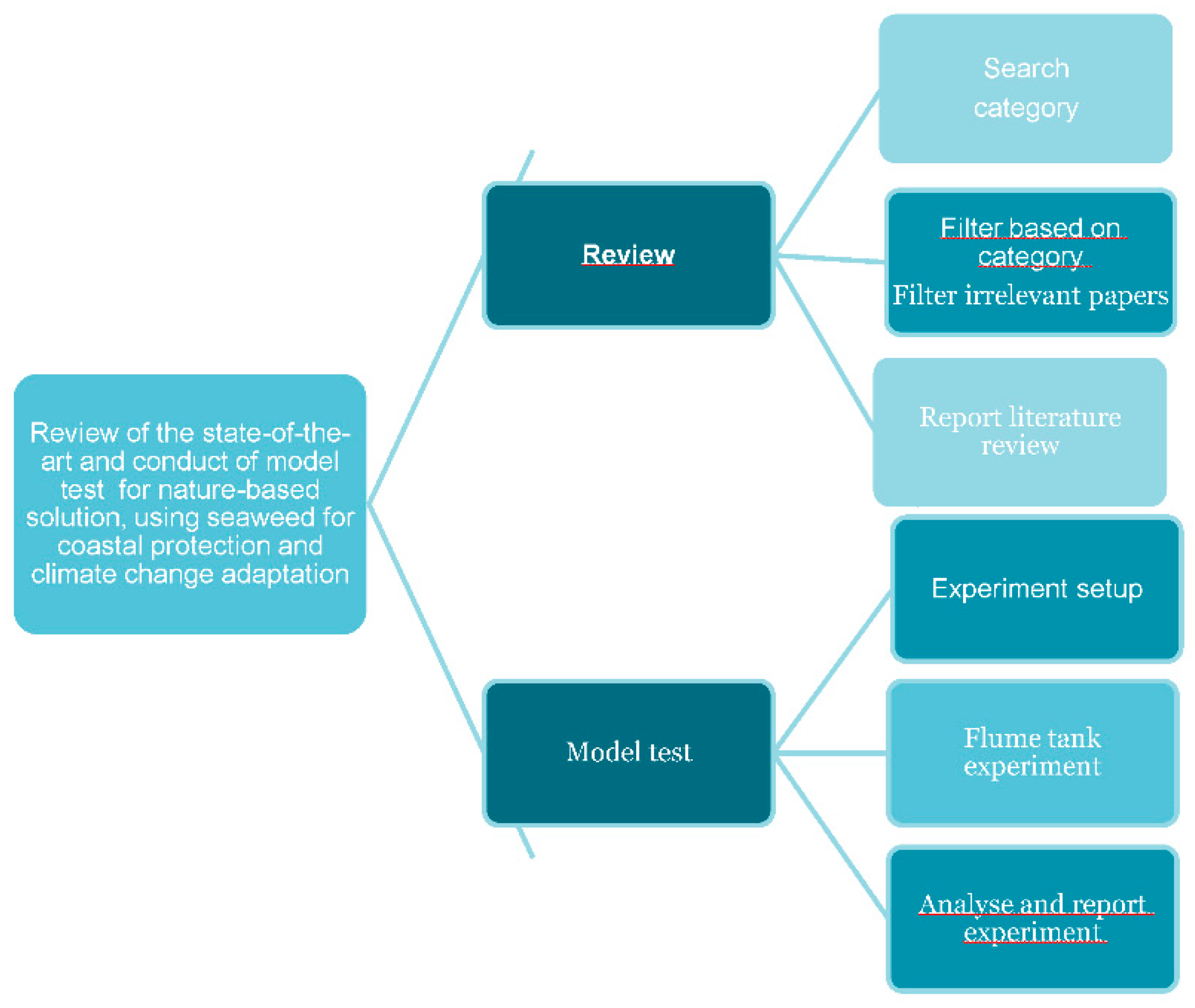
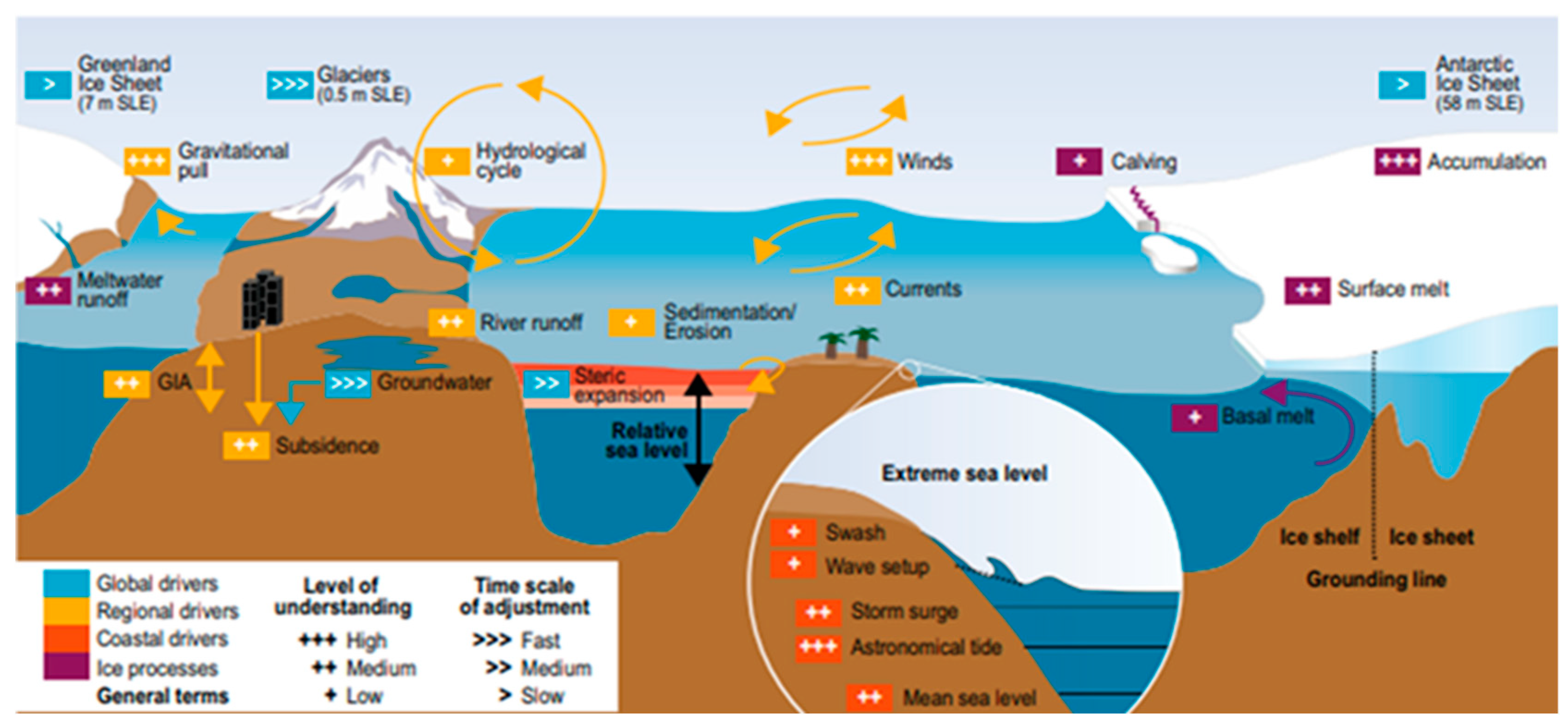
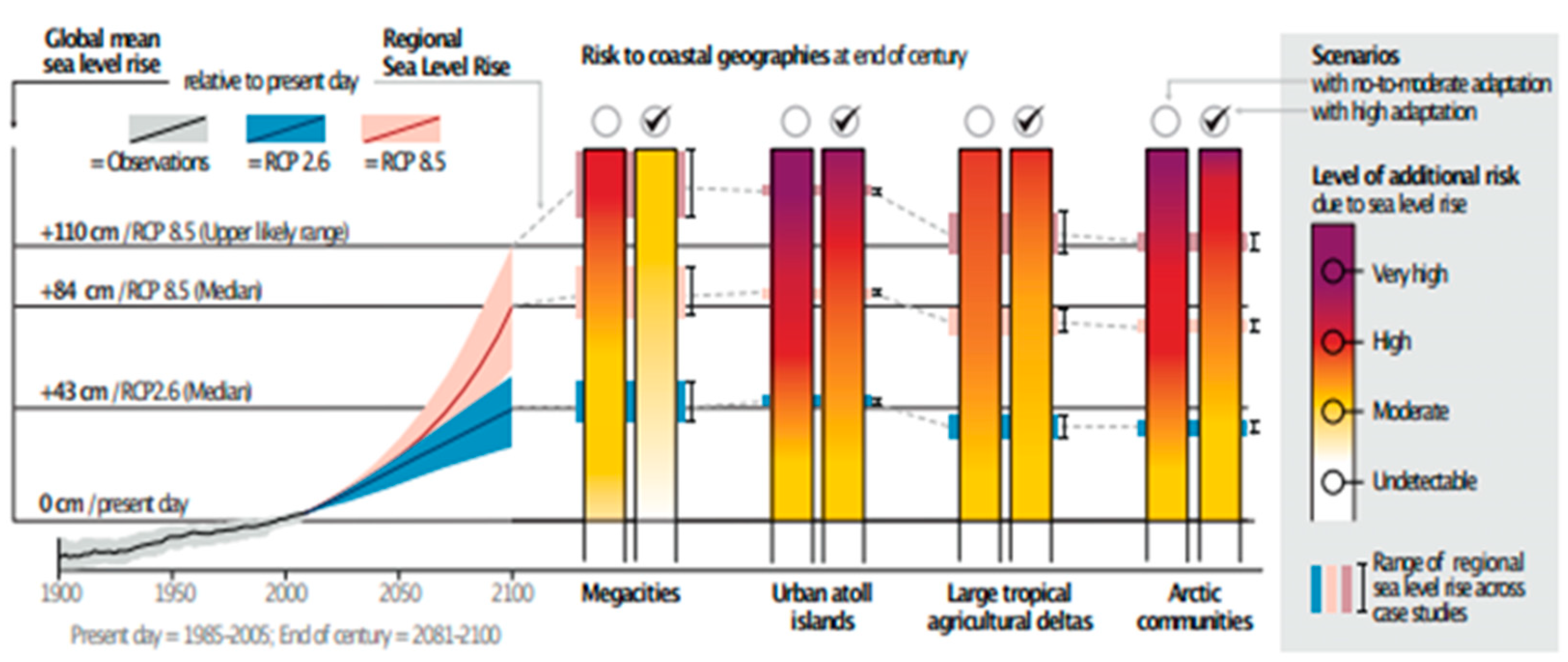
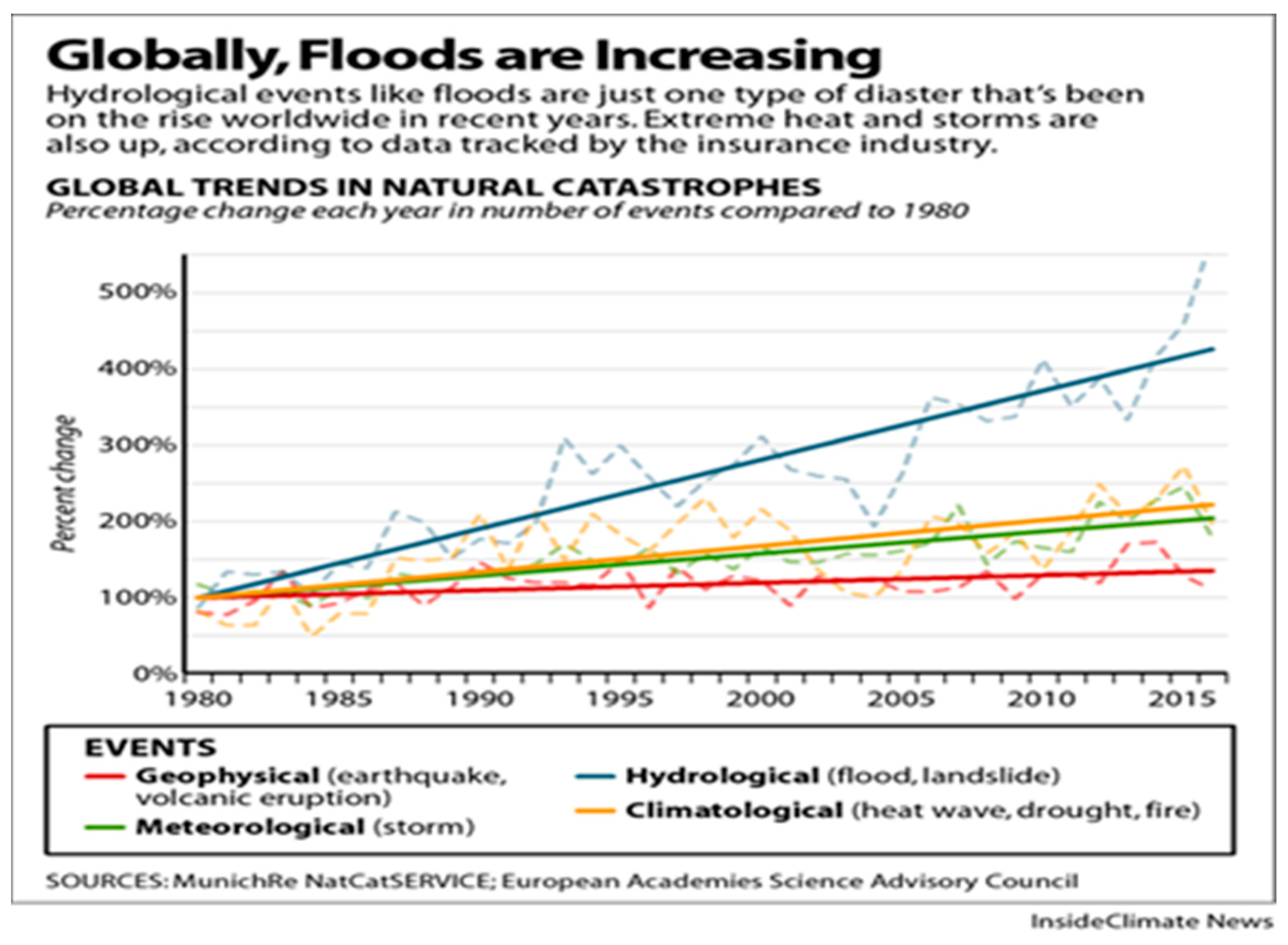
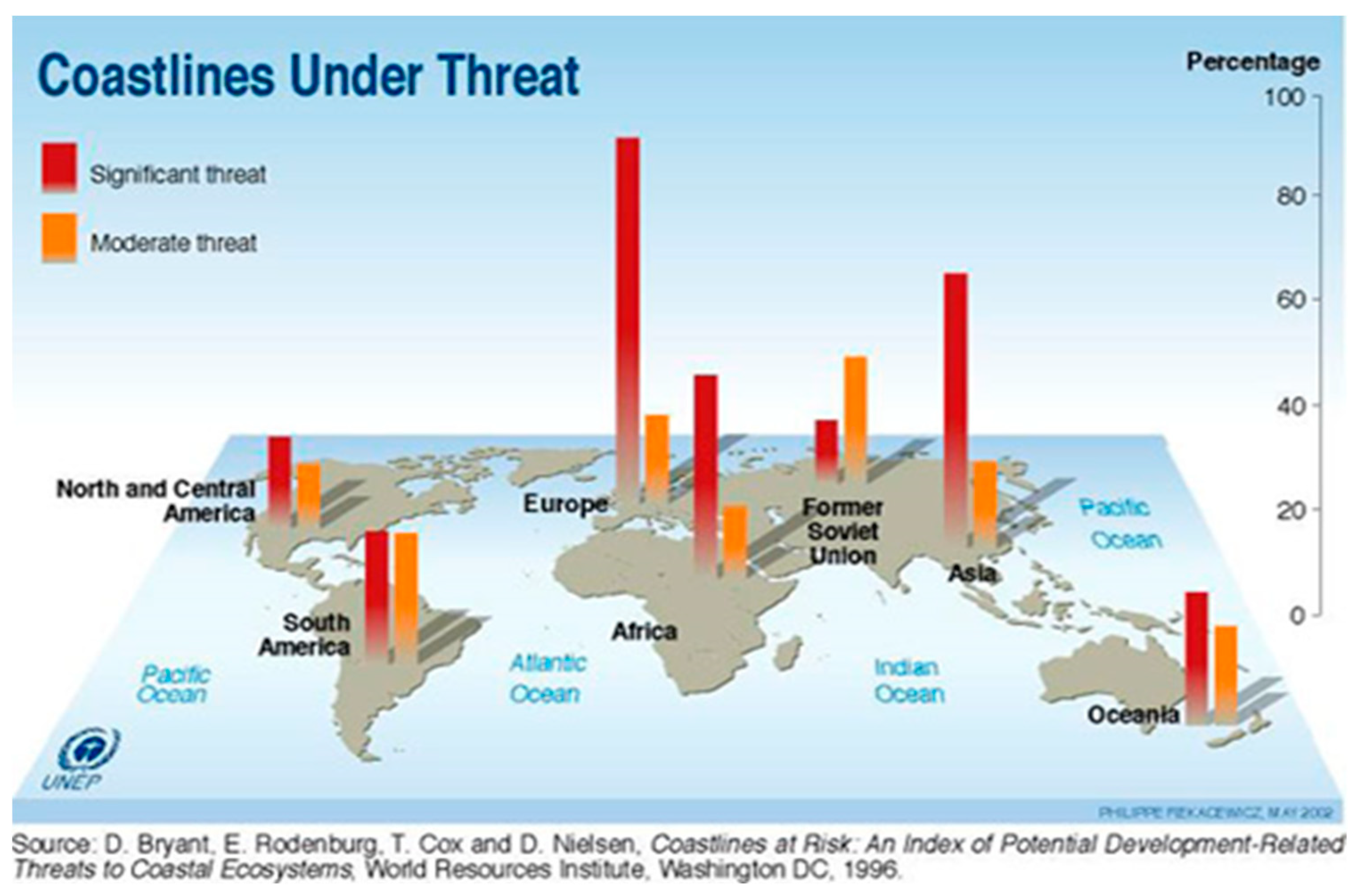
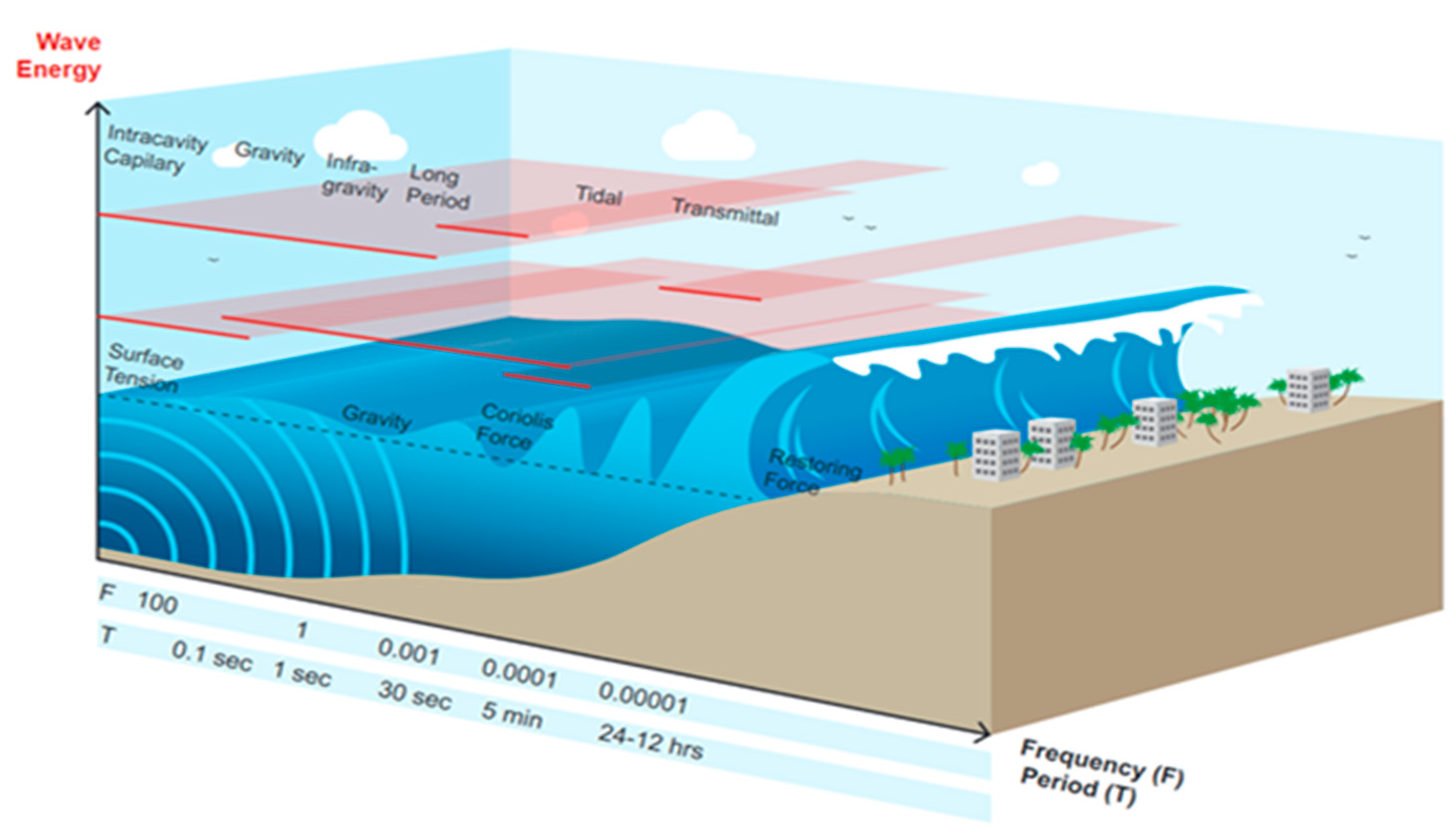
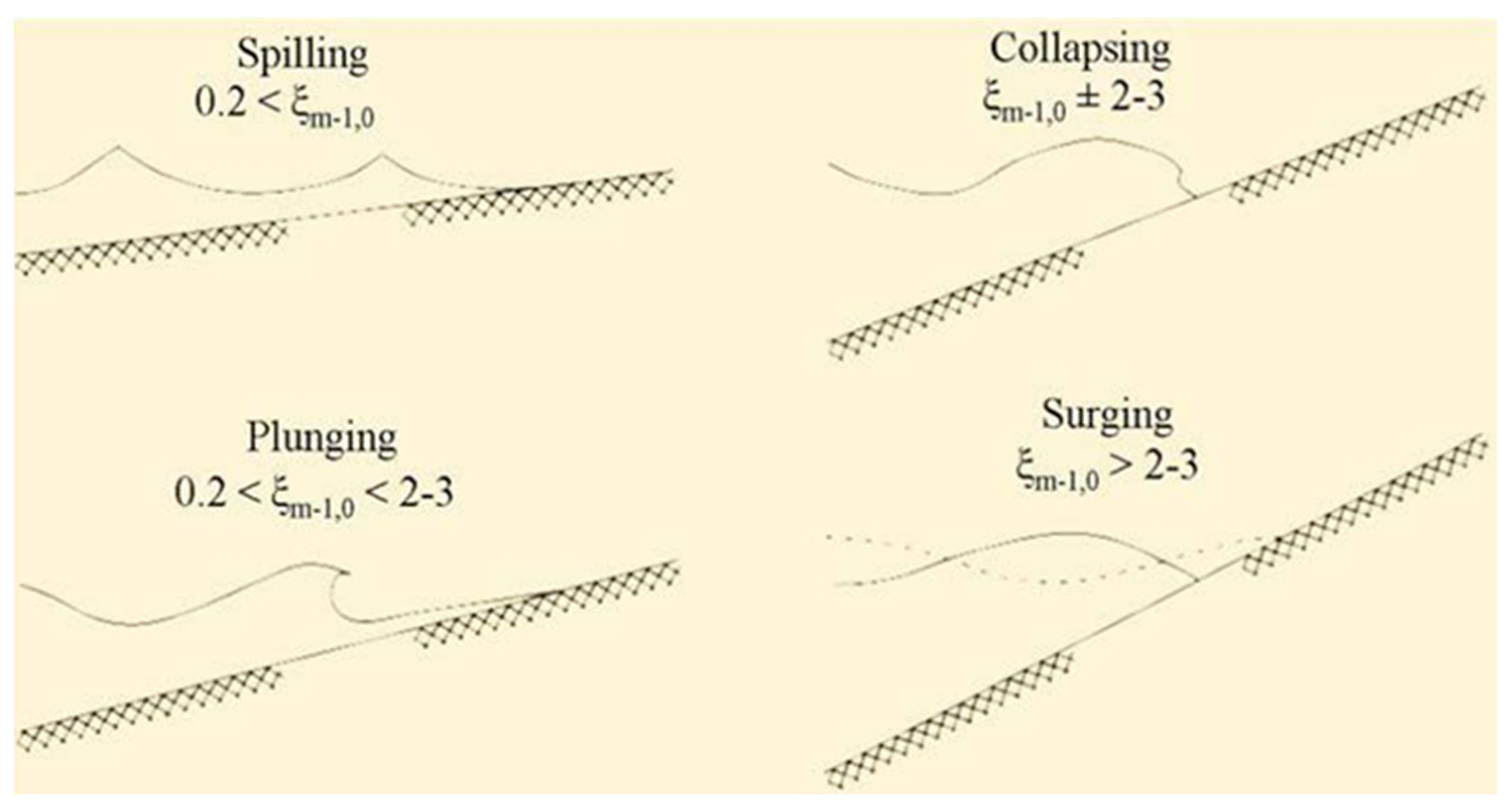

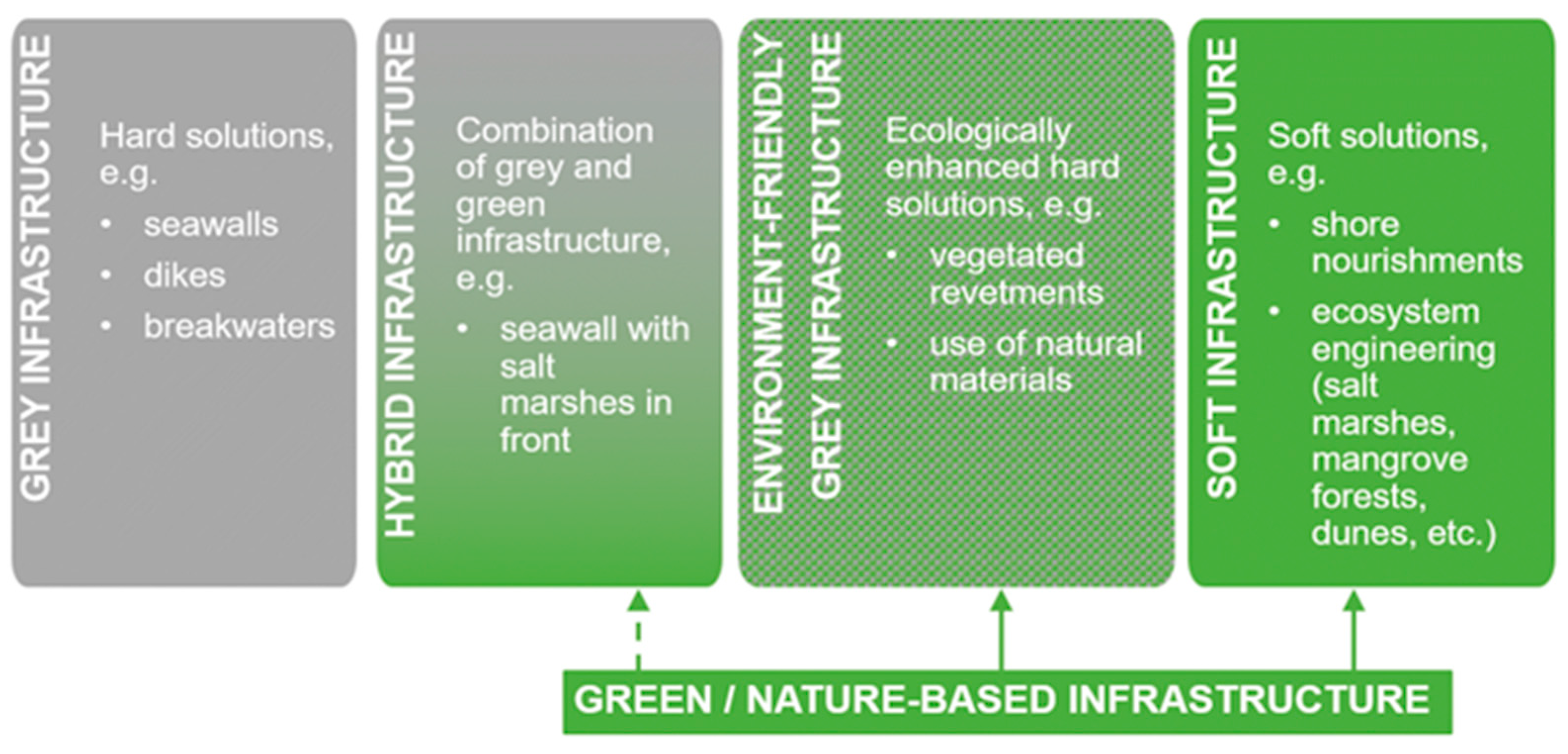

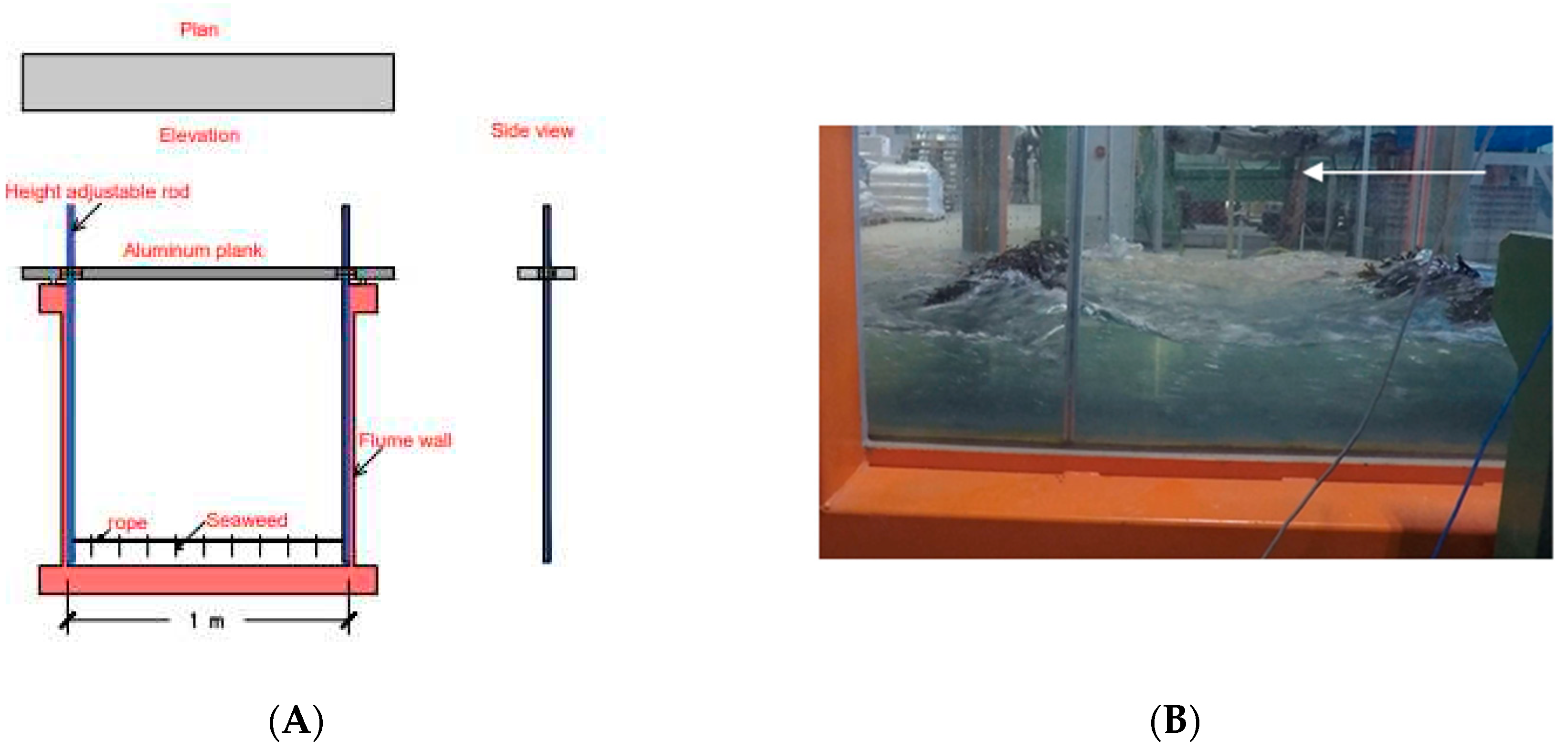
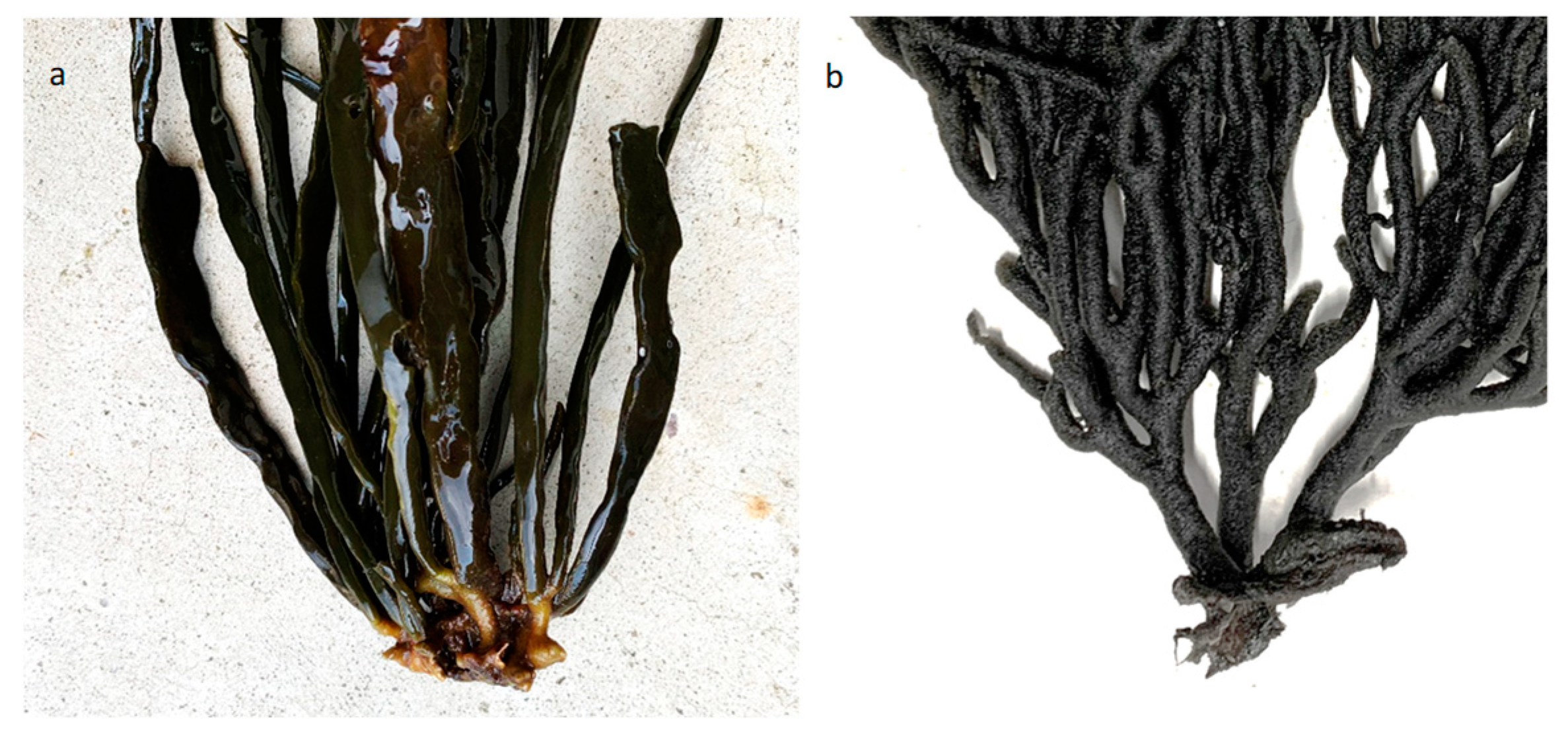
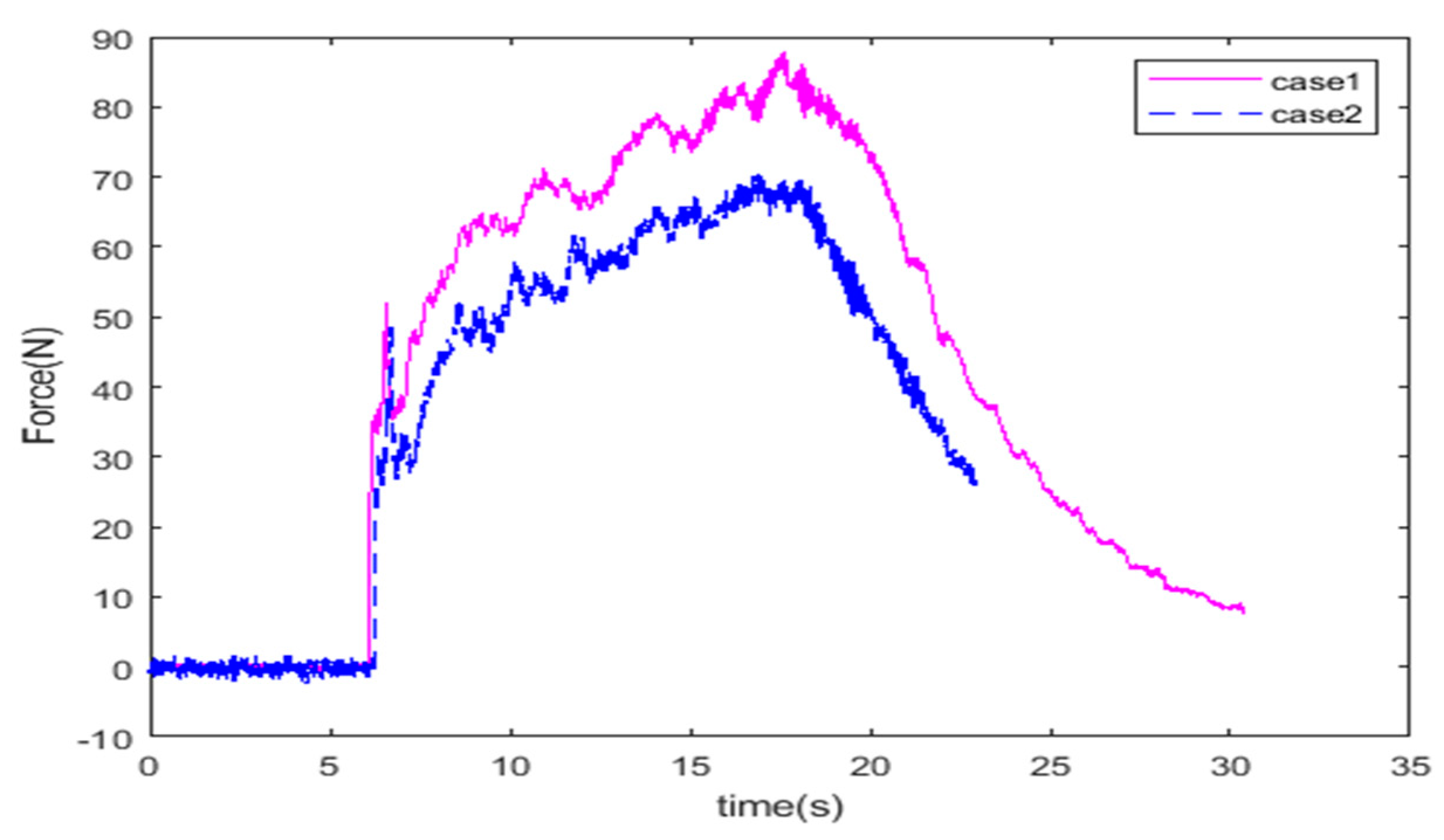
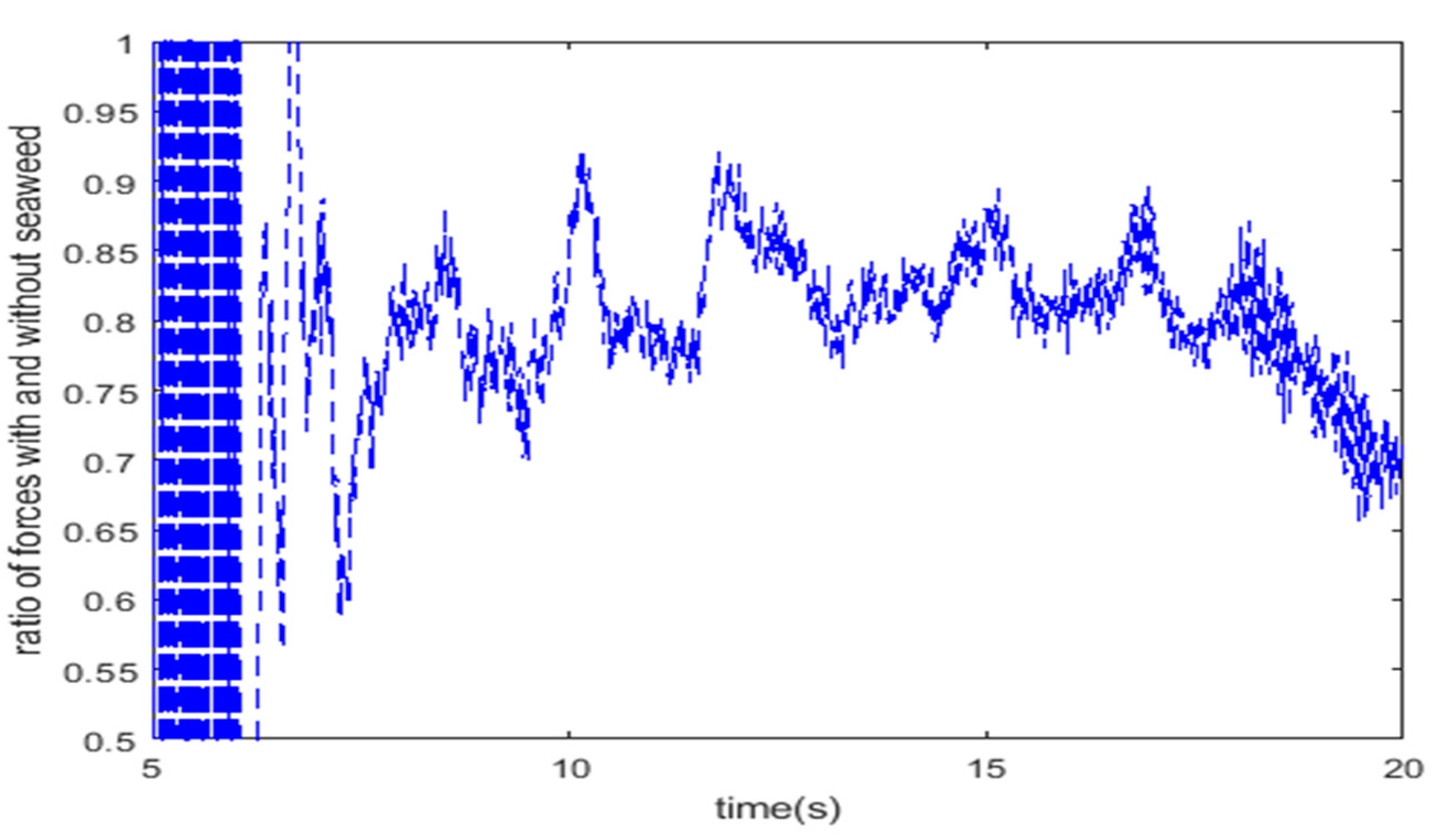
| Author | Issues |
|---|---|
| [57,58,122] | The current socio-political processes are delaying effective action. |
| [59] | There are many solutions |
| [60] | The current scale of solution implementation does not match the pace of biodiversity loss. |
| [61] | There are other existential threats tied to the expansion of enterprise development. |
| [18] | Time delays between ecological deterioration and socio-economic climate disruption impede recognition of the magnitude of the challenge. |
| [62] | Disciplinary specialization and insularity encourage unfamiliarity with complex adaptive systems. |
| [63,64] | The problems and their potential solutions are embedded |
| [65] | Widespread ignorance of human behaviour |
| [17,22] | Earth's surface and ocean |
| [66,67] | Kelp and seagrass, corals, |
| [59,68,69] | Fish and terrestrial biodiversity |
| [70,71,72] | Terrestrial vegetation, wetland, rivers |
| [73,74,75,76]. | Vertebrate population, wild animals, endangered plants, threatened species. |
| [77] | The ecosystem services of marine aquaculture: Valuing benefits to people and nature. Bioscience |
Disclaimer/Publisher’s Note: The statements, opinions and data contained in all publications are solely those of the individual author(s) and contributor(s) and not of MDPI and/or the editor(s). MDPI and/or the editor(s) disclaim responsibility for any injury to people or property resulting from any ideas, methods, instructions or products referred to in the content. |
© 2023 by the authors. Licensee MDPI, Basel, Switzerland. This article is an open access article distributed under the terms and conditions of the Creative Commons Attribution (CC BY) license (http://creativecommons.org/licenses/by/4.0/).





